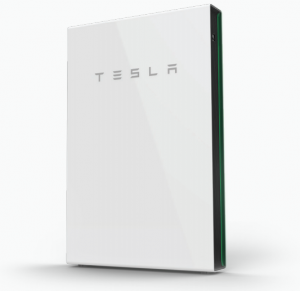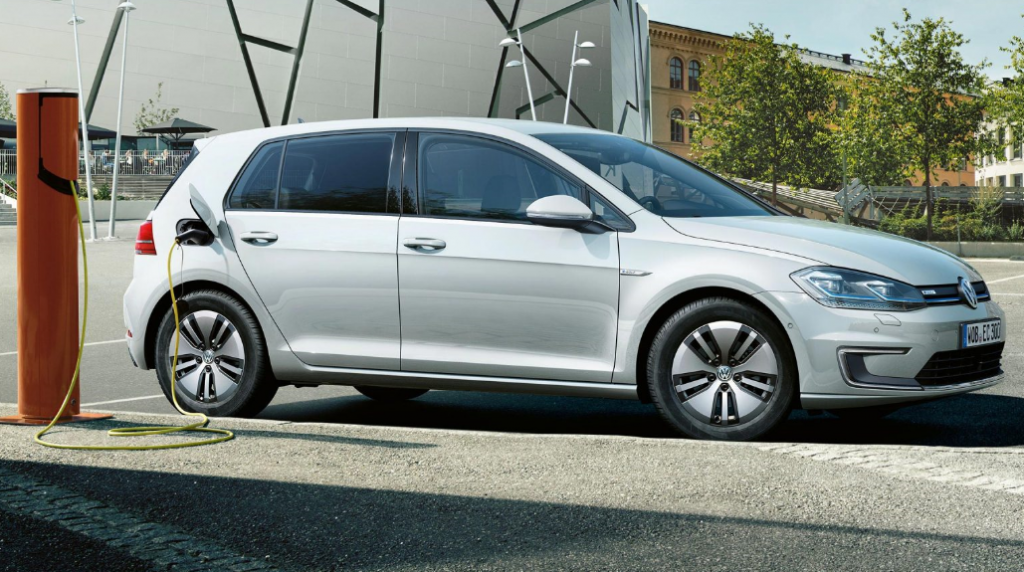Solar battery growth continues to rise exponentially – the huge rises in the price of electricity over the past 36 months have led to a record uptake in the number of Australian households opting to install solar batteries for energy storage. Although still in its relative infancy, the technology is being adopted at a rapid rate and there’s no doubt it’s only a matter of time before every house with solar power has some sort of solar battery installed.
Solar Battery Growth
According to a solar energy report quoted in the Herald Sun, around 7,000 solar battery system were sold and installed across Australia in the first six months of the year, compared to 6,500 last year. Queensland leads the charge, with New South Wales and Victoria close behind. In a market that has already doubled in two years, there is still a way to go before we see solar batteries as ubiquitous in Aussie households, but things are heading in the right direction, and a lot faster than you may think!

Volkswagen just announced they will spend $50b on energy storage battery technology for its new line of EV cars – there are whispers about the Tesla Powerwall 3 – what’s next for solar battery growth?
Solar Battery Comparisons
There are a lot of different options on the market right now – a bunch of people are still waiting until the technology ‘catches up’ but solar storage can already be quite affordable – with average costs between $4,000 and $13,000, depending on the size/brand you choose. The Herald Sun estimates that it will take approximately eight years for a solar panel + storage system to pay for itself – i.e. it’s not economically viable for everybody right now but depending on your individual circumstances it’s far from a pipe dream. With that said, prices are expected to drop by up to 30% over the next few years as production ramps up and advances in the technology are factored in.
If you’re interested in doing some research about energy storage, we have a page about the Tesla Powerwall 2 and its alternatives and competitors – there are many options to choose from such as Fronius, BYD B-Box, Redflow, LG Chem, sonnenBatterie, Enphase, Eaton Nissan xStorage, and so on. Make sure you figure out exactly what you need (e.g. grid or off grid? If you’re on-grid do you want power in a blackout? How much power do you need) and do your due diligence before committing to a system – and if you already have solar panels make sure the storage system and inverter will pair correctly – not all solar systems are created equal! If you have any questions feel free to give us an email or sound off in the comments below – we’d be happy to help.


